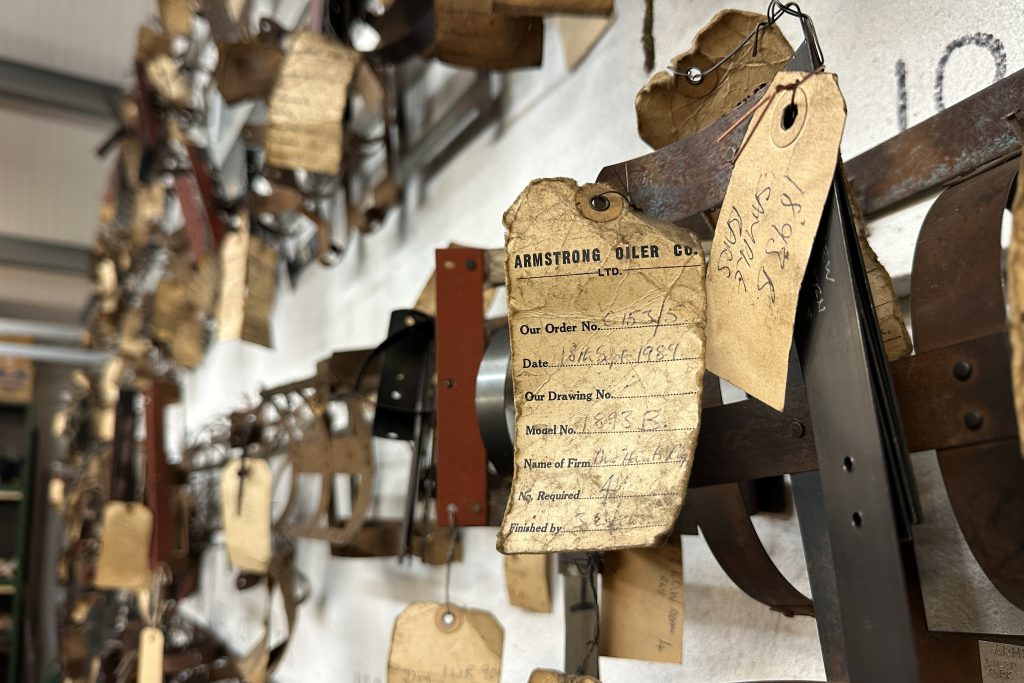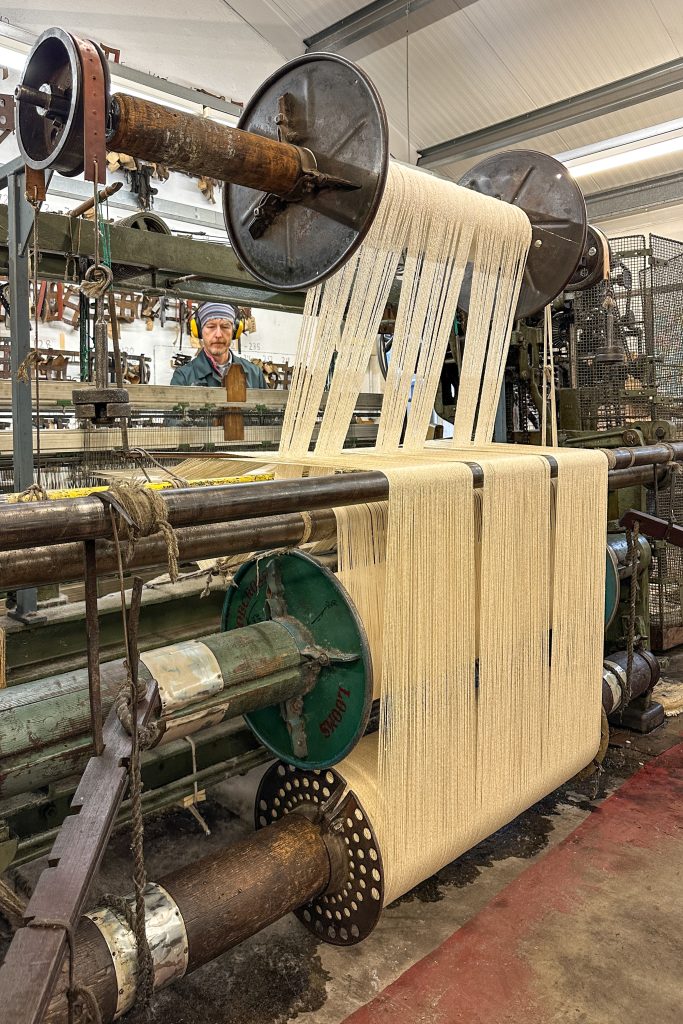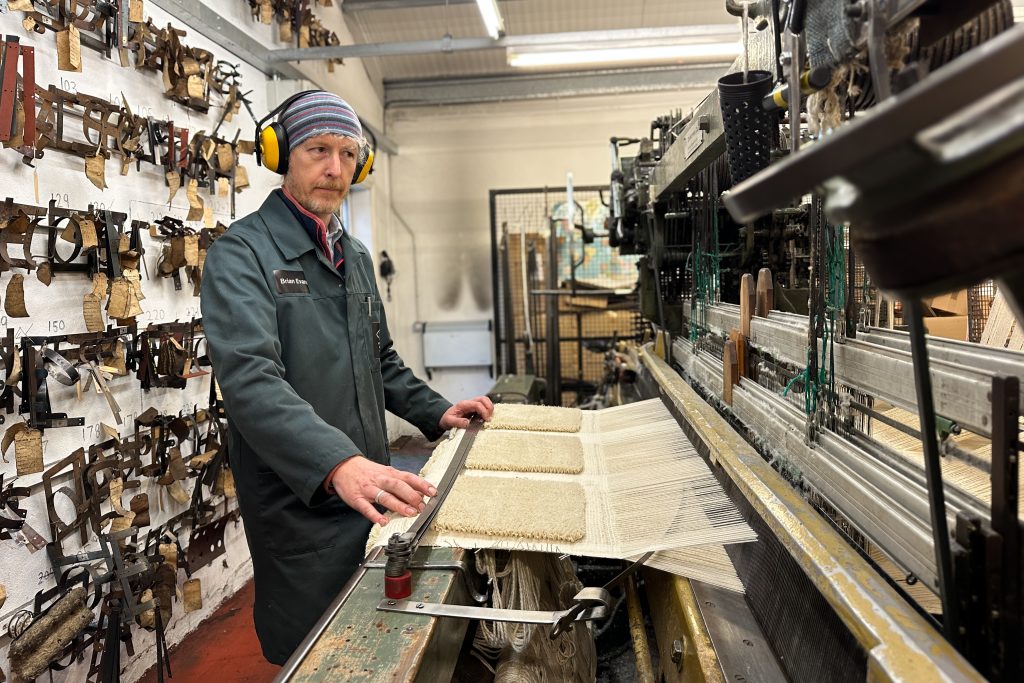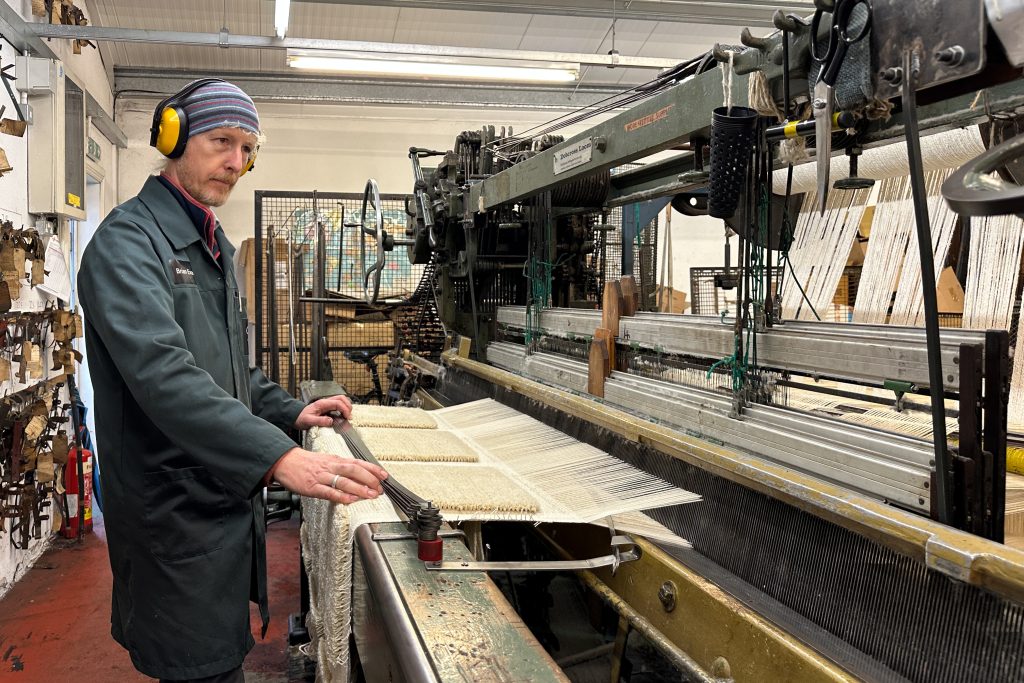In an unassuming workshop on the North Yorkshire Moors Railway, a 140-year-old loom clacks rhythmically as it has done since the Victorian era. This is not a museum exhibit but a working piece of industrial history at Armstrong Oilers, where traditional craftsmanship continues to play a vital role in preserving Britain’s railway heritage.
Established in 1903, Armstrong Oilers represents one of the last bastions of traditional railway component manufacturing in the UK. The two-person operation specialises in producing axlebox lubricators – essential devices that ensure the smooth running of heritage locomotives across the nation and beyond.
“What makes this operation truly extraordinary is not just what they produce, but how they produce it,” explains Professor Margaret Allerton, curator of industrial heritage at the National Railway Museum in York. “Armstrong Oilers represents the unbroken chain of skills and techniques that built Britain’s railways in the first place.”

The workshop’s centrepiece, a Hutchinson Hollingworth Dobcross loom dating from the 1880s, is used to weave the oil-circulating pads that form the heart of their lubricators. These components allow oil to be continuously supplied to the axles of heritage locomotives – a function now performed by roller bearings in modern trains.
“Most industrial processes from this era have been consigned to history books,” notes Brian Evans, Business Manager at Armstrong Oilers. “We’re not preserving these techniques for nostalgia’s sake – they remain the most effective methods for creating the products heritage railways depend on.”
The significance of their work extends throughout Britain’s £1.2 billion heritage railway sector. With over 100 operating heritage railways in the UK alone, these attractions form an important part of the tourism economy, particularly in rural areas. In North Yorkshire, the heritage railway contributes an estimated £30 million annually to the local economy.

What’s remarkable is the scale of impact from such a small operation. Despite comprising just two skilled craftspeople, Armstrong Oilers produces approximately 1,000 units each year, with their catalogue containing over 900 different designs to accommodate the diverse range of historic locomotives still in operation.
This breadth is crucial, as heritage railways operate a wide variety of locomotives from different eras and manufacturers. When standard designs won’t suffice, Armstrong creates bespoke solutions, ensuring even the most unique engines can continue delighting visitors.
Their international footprint is equally impressive, with exports reaching heritage railways across five continents. From the Durango & Silverton Narrow Gauge Railroad in Colorado to the Puffing Billy Railway in Australia, Armstrong’s components help maintain living railway history worldwide.

Armstrong Oilers exemplifies a broader challenge facing Britain’s heritage sector: how to sustain traditional crafts and knowledge in the modern era. The Heritage Crafts Association currently lists 244 endangered crafts in the UK, with 56 classified as “critically endangered” – including several railway-related skills.
As the railway sector prepares for next year’s Railway 200 celebrations – marking the bicentenary of the Stockton and Darlington Railway’s inauguration in 1825 – attention is turning to these heritage skills that remain vital for the sector’s future.
“There’s something profoundly important about maintaining not just the physical artifacts of our industrial heritage, but the skills and knowledge that created them,” says Evans. “Every oiler we produce represents centuries of accumulated engineering wisdom.”
The North Yorkshire Moors Railway, which houses Armstrong Oilers, welcomes over 300,000 visitors annually as Britain’s most popular heritage railway. As a fully accredited museum and educational charitable trust, it provides an authentic window into Britain’s steam age while supporting traditional craftsmanship.
For those interested in experiencing this living industrial heritage, the North Yorkshire Moors Railway offers behind-the-scenes tours that occasionally include viewings of the Armstrong workshop by special arrangement.



Leave a Reply